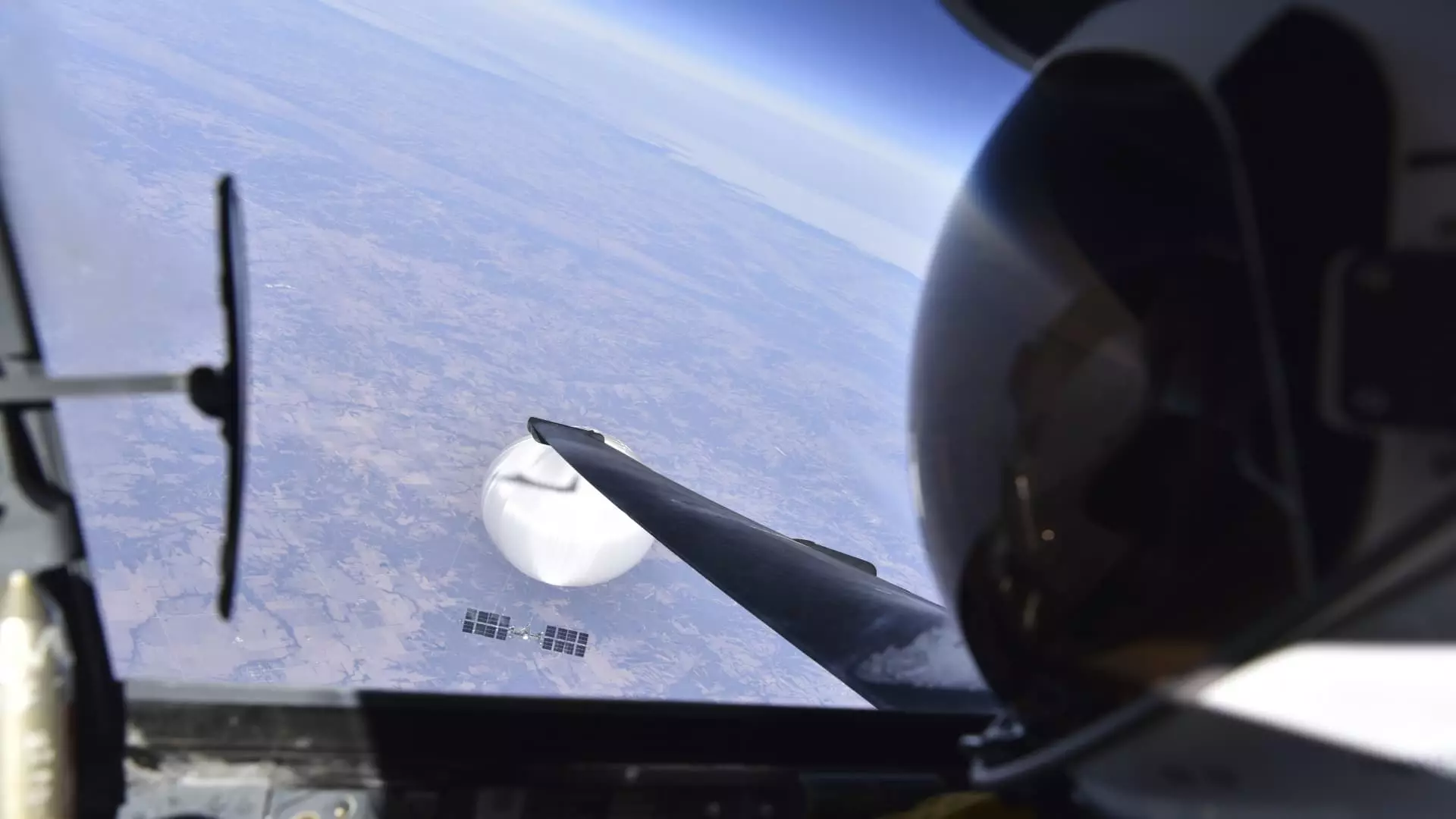The U.S. military is currently keeping a close eye on an unidentified “small” balloon flying at high altitudes over the western part of the country. This mysterious balloon, floating between 43,000 to 45,000 feet, caught the attention of officials when it was spotted over Utah earlier today. Despite its unusual presence in the sky, officials have stated that the balloon does not pose an immediate national security threat to the United States. It has been described as non-maneuverable with a small box-like payload.
The ownership of the balloon remains unknown, with speculation arising as to where it may have come from. While the U.S. military has not officially disclosed any information regarding the owner, early reports suggest that it is not associated with any foreign government. This lack of clarity adds to the intrigue surrounding the purpose and intentions behind the balloon’s presence in U.S. airspace.
In response to the unidentified balloon, a fighter aircraft was dispatched to observe its movements and behavior. The North American Aerospace Defense Command (NORAD) has taken the lead in tracking and monitoring the balloon to ensure continued safety and security. Despite initial concerns, the Federal Aviation Administration (FAA) has confirmed that the balloon does not pose a hazard to flight safety.
This recent incident involving the mysterious balloon comes on the heels of a previous encounter in which the U.S. shot down a Chinese surveillance balloon in February 2023. The Chinese government had refuted claims that the balloon was used for spying, insisting that it was a civilian airship engaged in meteorological research. The similarities between these incidents raise questions about the nature of high-altitude surveillance activities and the potential implications for national security.
As the investigation into the unidentified balloon continues, U.S. officials are maintaining a cautious stance to assess any potential risks or threats that may arise. The collaboration between various departments and agencies, including NORAD and the FAA, reflects the importance of coordinated efforts in addressing security concerns related to aerial activities. The evolving situation underscores the need for enhanced vigilance and readiness in safeguarding U.S. airspace from potential intrusions.

Leave a Reply